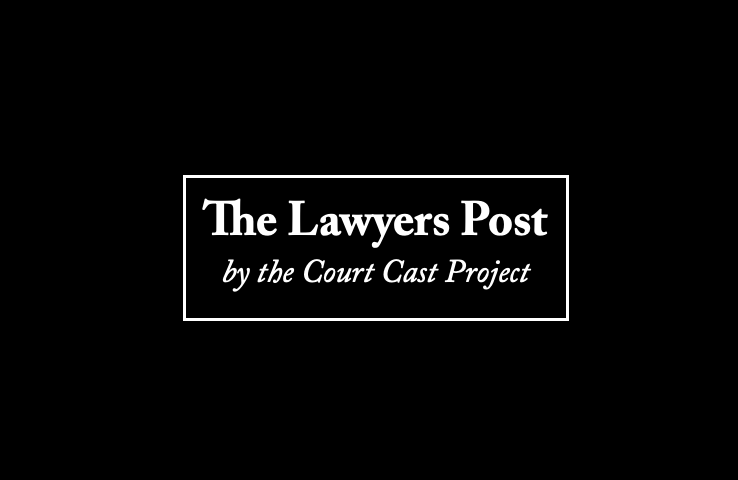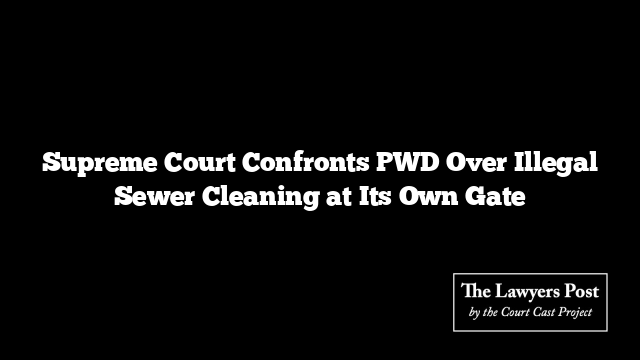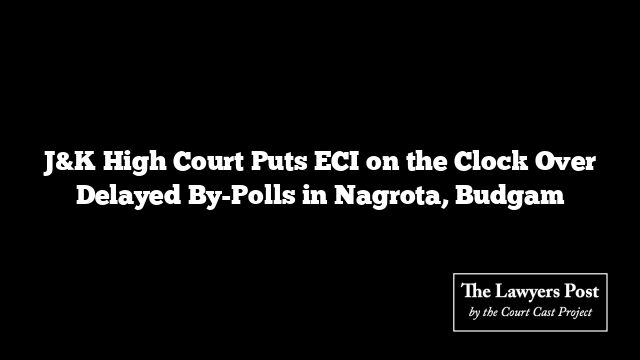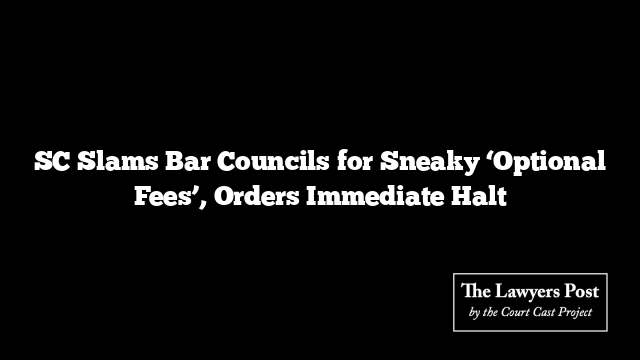The nation’s highest court was jolted into action after learning that manual sewer cleaning — a practice it has repeatedly condemned — was taking place right outside its own Gate F.
During a compliance review of its earlier orders to eliminate manual scavenging and hazardous sewer cleaning, the bench of Justice Sudhanshu Dhulia and Justice Aravind Kumar was shown photographs depicting workers, without protective gear, cleaning drains by hand at the Supreme Court’s doorstep.
The irony was not lost on the bench. Just last year, in Dr. Balram Singh v. Union of India, the Court had issued firm directives to eradicate the inhuman practice across major metropolitan cities, including Delhi, Mumbai, Kolkata, Chennai, Bengaluru, and Hyderabad. Yet, the images revealed that the problem persists — and alarmingly, on the Court’s own premises.
The Public Works Department (PWD) officer responsible has been ordered to explain why this illegal and dangerous work continues. The East Delhi Municipal Corporation has also been dragged into the proceedings and must submit an affidavit clarifying why such cleaning is still being done manually, exposing workers to life-threatening conditions.
The Court issued a stern warning: fail to give a satisfactory reply by the next hearing on September 10, and directions will follow for registering a criminal case against those responsible.
The message from the bench was unambiguous — those turning a blind eye to this lethal and outlawed practice may soon find themselves on the other side of the law.





